Somalia travel tips
Somalia travel tips: Located in the Horn of Africa, has a diverse culture, faced historical conflicts, and strives for stability and development.
Regions 🌎
Somalia travel tips. Here is a list of all the regions of the Somalia.
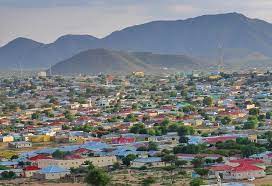
Awdal
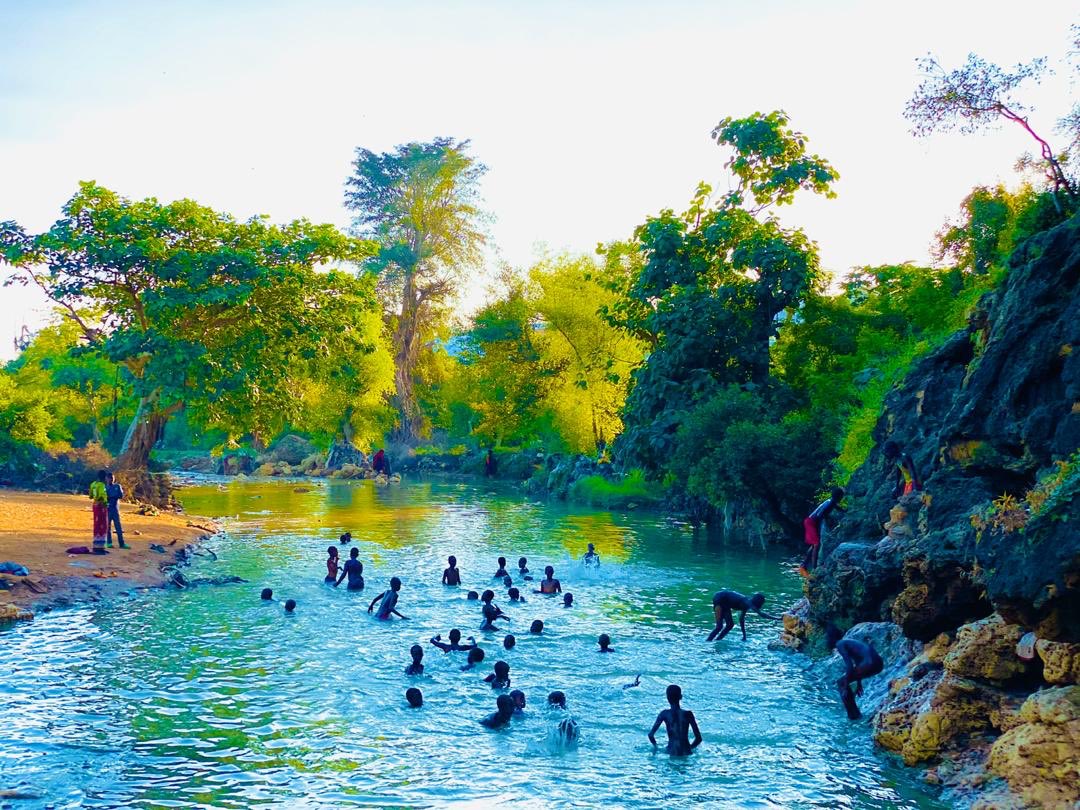
Bakool

Banaadir
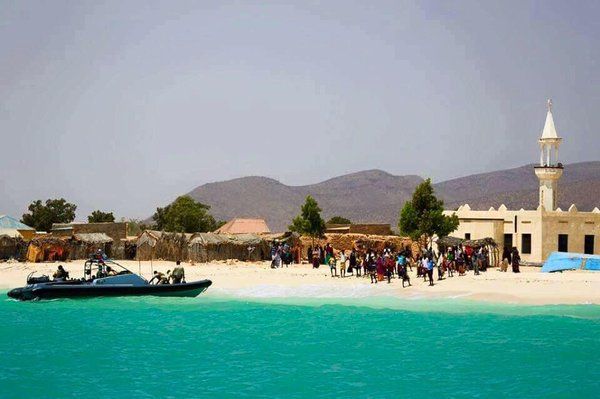
Bari
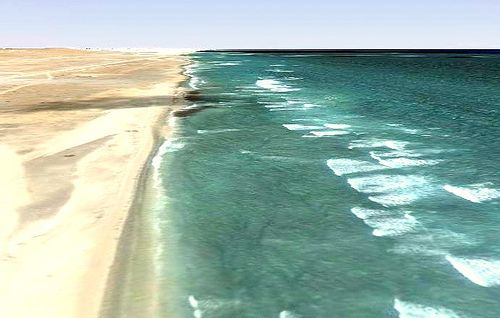
Bay

Galguduud

Gedo

Hiiraan
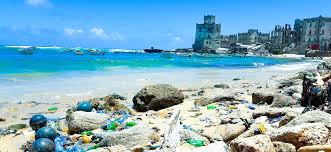
Jubbada Dhexe
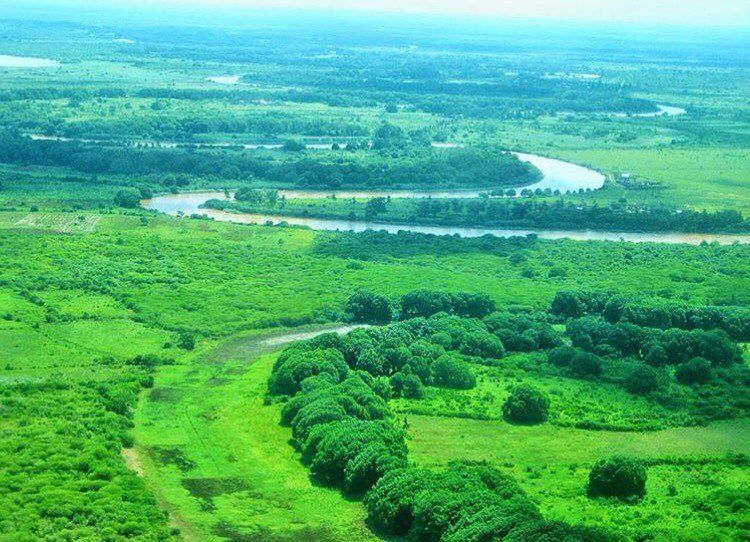
Jubbada Hoose
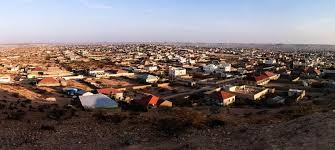
Mudug
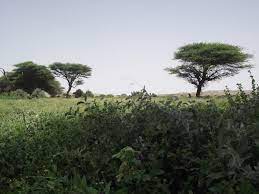
Nugaal
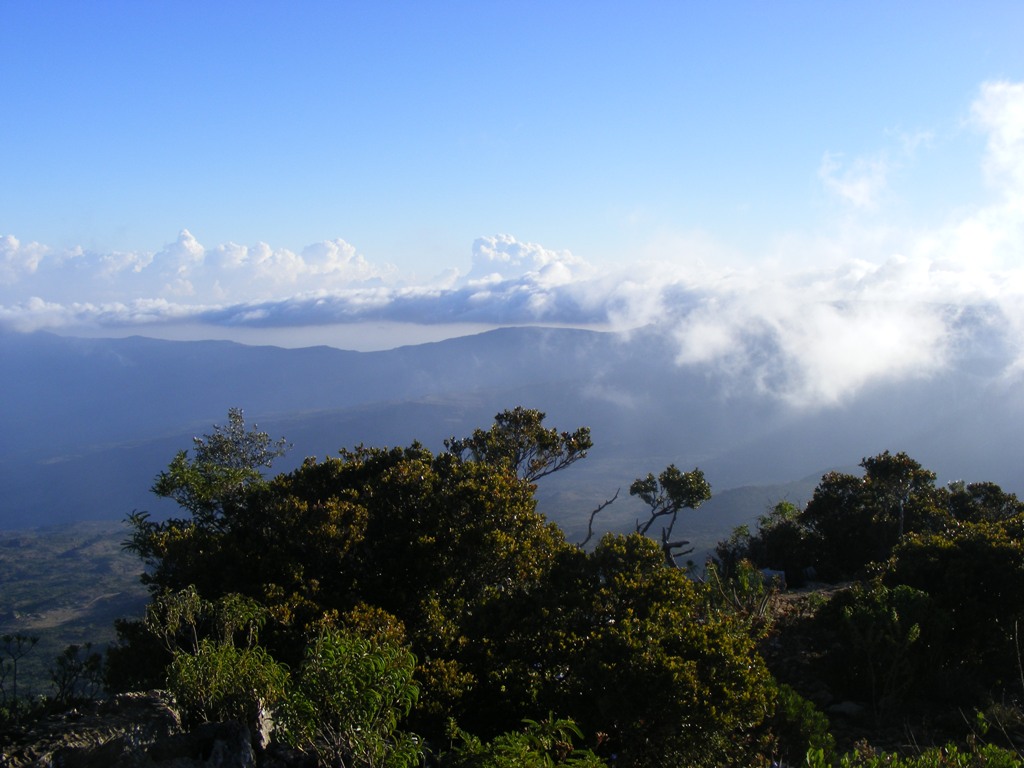
Sanaag
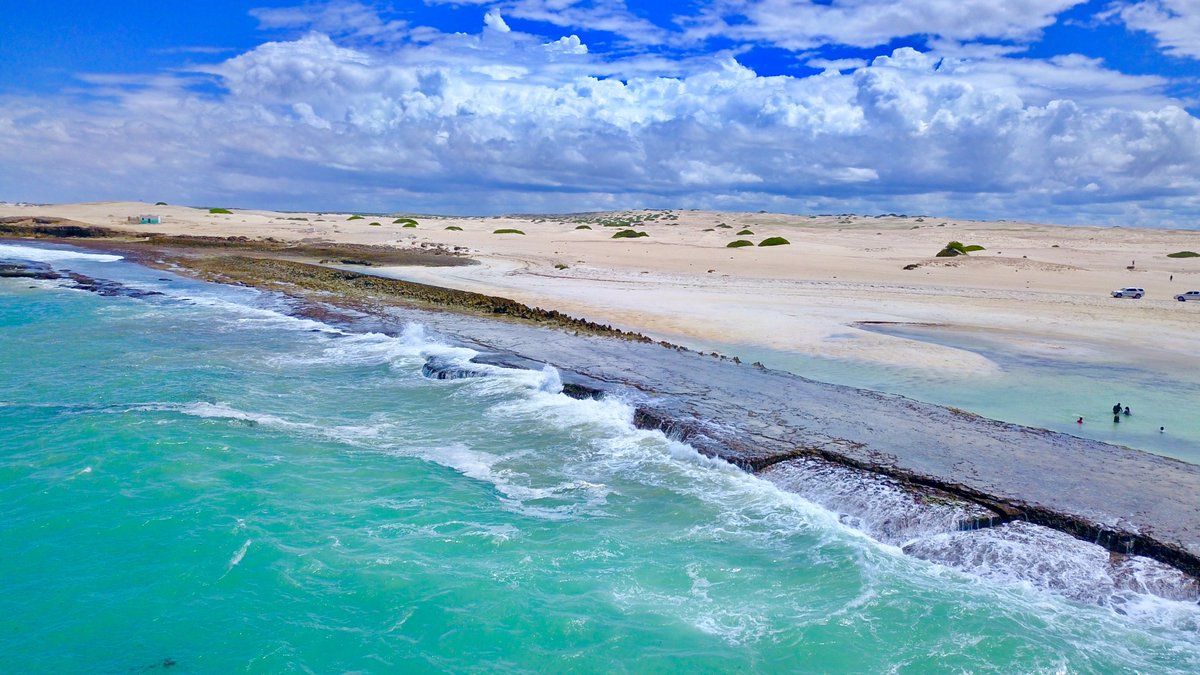
Shabeellaha Dhexe
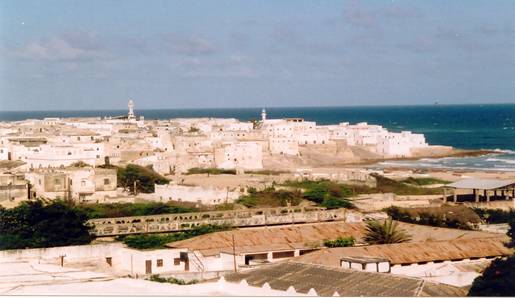
Shabeellaha Hoose
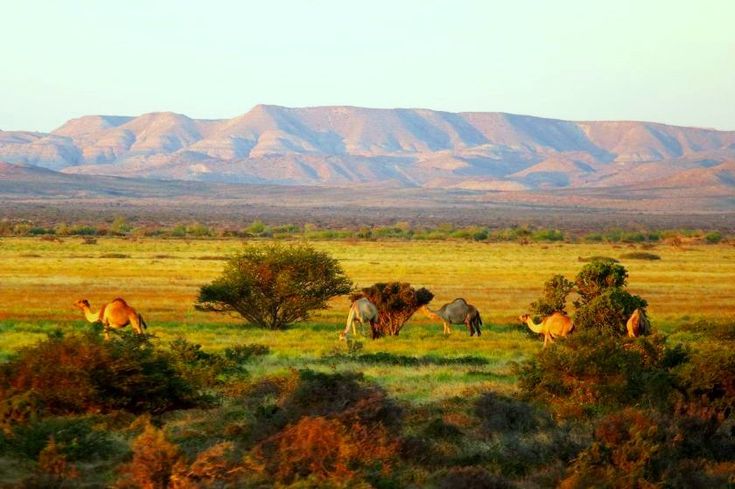
Sool
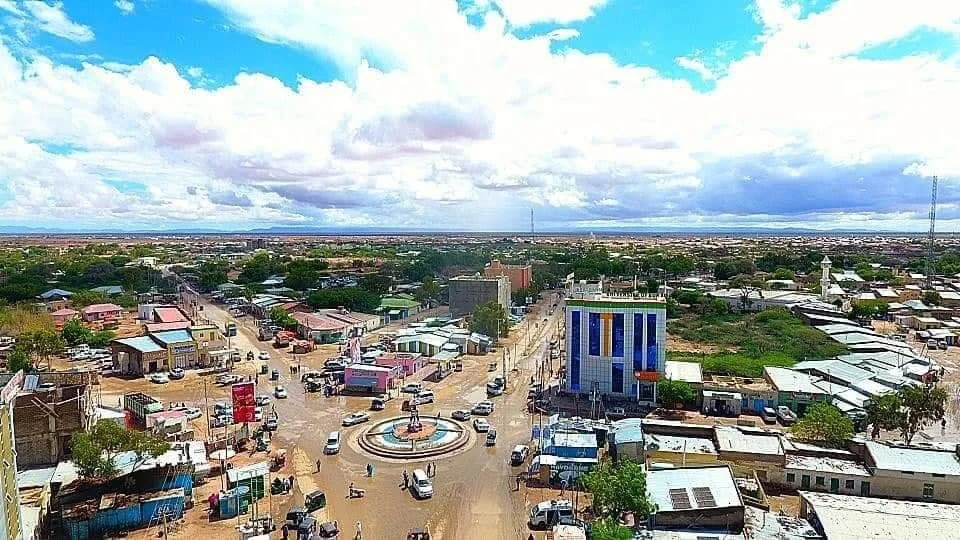
Togdheer

Woqooyi Galbeed
Before you go 🛩
Important information you should know before your trip
Info

Capital | Mogadishu
Flag Codes:
ISO alpha-2 SO,
ISO alpha-3 SOM
Currency
Badge | Somali Shilling
CODE | SOS
NUMBER | 706
SYMBOL | Sh
FRACTION | penny
Mobile Coverage
Dialing Code | +252
SIM Card
Coverage | 3G / 4G / 5G |
Mobile Networks | Golis Mobile | Hormuud Mobile | SomNet Mobile | Somtel Mobile | Telesom Mobile |
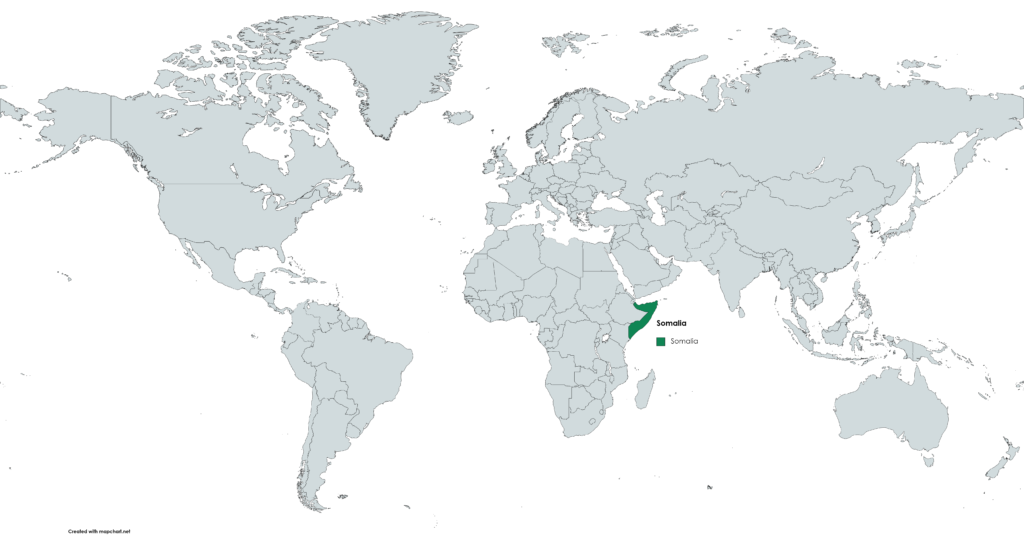
Location
Somalia is located in the Horn of Africa, a region in East Africa that juts out into the Arabian Sea and the Indian Ocean. It is a country in the easternmost part of Africa and is known for its strategic location along the coast. Here is the geographical location of Somalia: Latitude: Somalia is situated between approximately 2 degrees North and 12 degrees North latitude. Longitude: It lies between roughly 41 degrees East and 51 degrees East longitude.
Coastline: Somalia has a long coastline along the Indian Ocean to the east, which stretches for approximately 3,333 kilometers (2,071 miles). This coastline is known for its beautiful beaches and ports.
Geographical Features: Somalia’s geography is diverse, including arid deserts, fertile plains, plateaus, and mountain ranges. Notable geographical features include the Somali Plateau and the Horn of Africa.
Indian Ocean: The country’s eastern border is formed by the Indian Ocean, making it an important location for maritime trade and activities.
Somalia’s location has historically made it a crossroads for trade and cultural exchange in the region. However, the country has faced significant challenges, including political instability and conflict, which have affected its ability to fully harness the economic potential of its strategic location.
Currency
Somalia does not have a single official currency that is universally accepted throughout the entire country. Instead, it has a complex and fragmented currency system due to decades of political instability and the absence of a centralized government.
The Somali Shilling (SOS) was historically the official currency of Somalia, but it has not been widely circulated or used consistently in recent years. Instead, various regions and territories within Somalia have issued their own currencies or adopted foreign currencies for local transactions.
The U.S. dollar (USD) is commonly used for larger transactions and is widely accepted in many parts of Somalia. Other foreign currencies, such as the Kenyan Shilling (KES) and Ethiopian Birr (ETB), may also be used in border regions where trade with neighboring countries is significant.
In some areas of Somalia, particularly in the self-declared autonomous regions like Somaliland and Puntland, local currencies have been introduced to address the lack of a unified currency system. These local currencies are issued by regional authorities and are used alongside other forms of payment.
Languages
Somalia is a multilingual country with several languages spoken due to its diverse ethnic groups and regional differences. The most widely spoken languages in Somalia include:
Somali (Soomaali or Af Soomaali):
Somali is the official and most widely spoken language in Somalia.
It serves as the primary means of communication for the majority of the population.
Somali has several regional dialects, with the Northern Somali dialect being one of the most prominent.
Arabic (العربية):
Arabic is also spoken in Somalia, primarily due to its importance in Islamic culture and religious practices.
Classical Arabic is used for religious and scholarly purposes, while Somali-Arabic dialects are spoken for everyday communication.
English:
English is taught in schools and is commonly used in government, education, business, and the media.
It is considered a secondary official language and is used for administrative purposes.
Italian:
Italian was previously spoken and used during the colonial period when Somalia was a colony of Italy.
While Italian influence remains in some areas, it is no longer a widely spoken language.
Other Indigenous Languages:
In addition to Somali, there are various indigenous languages spoken by different ethnic groups in Somalia, such as Maay Maay, Bantu languages, and Cushitic languages.
Climate 🌡
Somalia has a diverse climate that varies across different regions of the country due to its vast geographical expanse and proximity to the equator. The climate ranges from arid desert conditions in the north to more tropical and semi-arid conditions in the south. Here are the primary climate zones in Somalia:
Coastal Desert Climate:
The northernmost region of Somalia, including areas along the Gulf of Aden and the Red Sea, experiences a hot desert climate.
This climate is characterized by extremely high temperatures, low humidity, and minimal rainfall.
Cities like Berbera and Bosaso have a coastal desert climate.
Semi-Arid Climate:
Much of central and eastern Somalia, including parts of the capital city Mogadishu, has a semi-arid climate.
This region experiences a short rainy season known as the “Gu” season, which typically occurs from April to June.
The “Deyr” season, which takes place from October to December, is the shorter and less significant rainy season.
Semi-arid areas have hot temperatures, with cooler evenings, and are prone to droughts.
Tropical Monsoon Climate:
Southern Somalia, particularly along the Indian Ocean coast, has a tropical monsoon climate.
This region experiences two distinct rainy seasons:
The “Gu” season from April to June, which brings heavy rainfall.
The “Deyr” season from October to December, which brings lighter rainfall.
The coastal areas have higher humidity and milder temperatures compared to the arid and semi-arid regions.
Plateau Climate:
The central highlands, including parts of Galguduud and Mudug regions, have a plateau climate.
The climate is milder than in the lowland areas, with cooler temperatures, particularly at higher elevations.
Mountain Climate:
The northern and eastern mountainous regions, including parts of the Sanaag and Bari regions, have their own microclimates.
These areas can experience cooler temperatures and occasional frost at higher elevations.
Somalia travel tips
If you’re planning a trip to Somalia, here are some travel tips to enhance your experience:
Visa Requirements:
Check visa regulations and obtain necessary permits before traveling to Somalia.
Health Precautions:
Consult a healthcare professional for vaccinations and carry essential medications and a first aid kit.
Local Customs:
Respect Somali traditions, dress modestly, and be mindful of cultural norms.
Weather Considerations:
Pack appropriate clothing for Somalia’s hot climate, and check weather forecasts for your travel period.
Transportation:
Plan travel within the country carefully, considering local transport options and road conditions. View Guide.
Wildlife:
Enjoy Somalia’s diverse landscapes and wildlife, including national parks and marine reserves.
Government Advisories:
Stay updated on travel advisories and follow guidelines issued by your government for a safe journey.
Enjoy your time in Somalia!

The best of the best
Somali cuisine reflects the country’s nomadic and pastoral traditions, with a focus on simple yet flavorful dishes made from locally available ingredients. The cuisine is heavily influenced by the region’s geographical location, climate, and cultural diversity.
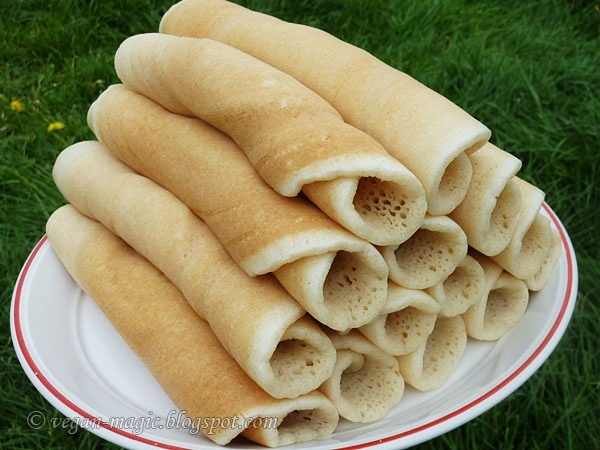
Canjeero (Injera)
Canjeero is a type of flatbread that is similar to Ethiopian injera. It is made from fermented dough and has a spongy texture.
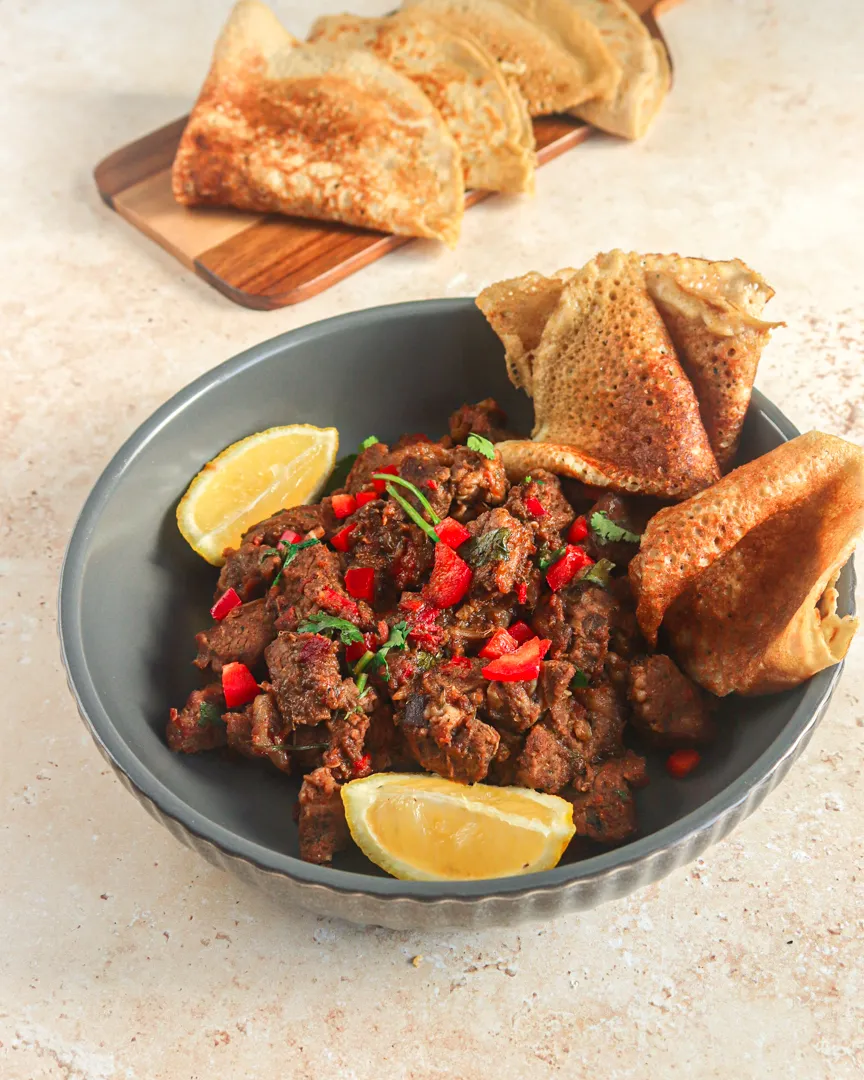
Suqaar (Soor)
Suqaar is a popular Somali dish made with diced meat (usually beef, goat, or chicken), onions, and a blend of spices.

Bariis (Pilaf)
Bariis is a fragrant rice dish often cooked with spices, vegetables, and sometimes meat.
Here are some typical foods and dishes you might find in Somalia:
Sambuusa (Samosa): Sambuusa is a popular snack or appetizer in Somalia, made by stuffing triangular pastry pockets with a mixture of minced meat, vegetables, and spices.
Lahoh (Laxoox): Lahoh is another type of Somali flatbread, but it is thinner and more similar to pancakes.
Maraq (Stew): Maraq is a generic term for various Somali stews made with meat (usually goat or camel), vegetables, and spices.
Cambuulo (Adzuki Beans): Cambuulo is a dish made from adzuki beans cooked with butter and sugar.
Hilib Ari (Grilled Meat): Grilled meat, particularly goat or camel, is a staple in Somali cuisine.
Fruits and Dates: Somalia’s climate allows for the cultivation of various fruits, including bananas, papayas, and mangoes.
Xalwo (Halva): Xalwo is a sweet dessert made from sugar, ghee, and spices like cardamom and cloves.
Somali cuisine is known for its use of aromatic spices and flavors, which give its dishes a distinct taste. Meals in Somalia are often communal, with family and friends gathering to enjoy the diverse range of flavors and dishes.
Transportation 🚥
More information about this country
Choose your destination 📍🗺
Useful Links ✅



